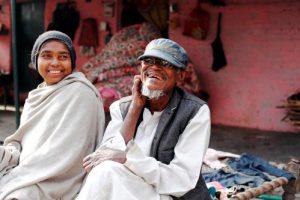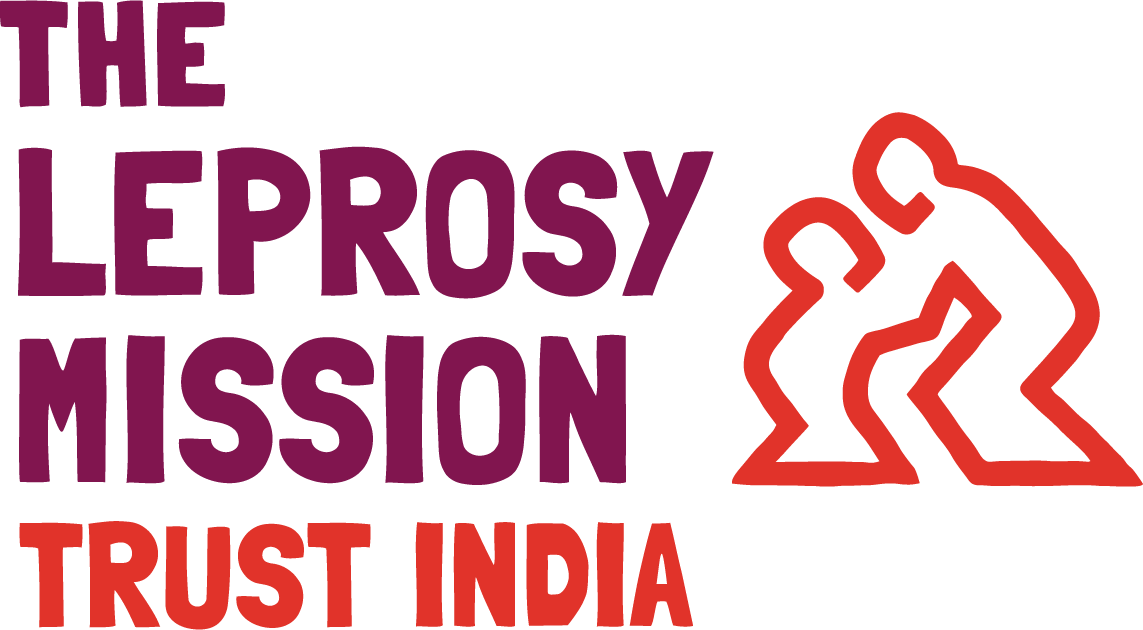Breaking the vicious circle

Isn’t it ironic that a 3560-year-old disease (Egyptian Papyrus documents that date back to 1550 B.C. mention about leprosy) found a cure only in 1981 (in the form of Multi-Drug Therapy)? For about 3,530 years this infectious, enigmatic, disfiguring disease eluded a cure and made grotesque figures of human beings. No doubt, we feared leprosy.
Religious perpetuates fear of leprosy
Adding fuel to the fire is the negative portrayal of leprosy by all the major religions. While Bible treats a person affected by leprosy as ‘unclean’ (although Theologians are of the opinion that leprosy mentioned in the Bible is not the same as the disease we call leprosy, or Hansen’s disease today), Hinduism teaches that those who have sinned in their previous births are reborn as men and women oozing with leprosy; Islam calls upon its followers to “Escape away from the Leprous the way you escape away from the Lion”. Buddhists teach that leprosy is a punishment for such transgressions as slandering and doing harm to monks, disparaging the religious teachings, and damaging Buddhist temples. Horror-stricken mankind had only one option to save their species – banish people affected with the disease to the confines of leprosariums to perish in anonymity!
The stigma surrounding leprosy
The above factors contributed to the stigma surrounding leprosy. Oxford Advanced Learner’s Dictionary defines stigma as “A mark of disgrace (loss of reputation or respect as the result of a dishonourable action) associated with a particular circumstance, quality, or person”. Leprosy stigma is a kind of social stigma, a strong feeling that being affected with leprosy is shameful, and such people are not accepted normally in society.
Reams have been written on the social stigma attached to leprosy and strategies to end it. A Google search alone produces about 2, 08,000 results for ‘leprosy stigma’. But what baffles one today is, why should a person lose his reputation or respect because of a disease which is like any other disease that can be cured? Even when we have highly researched and validated stigma reducing strategies, stigma persists – as a scar on our civilisation.
Leprosy was called ‘death before death’ – that was in the medieval period when there was no cure for leprosy. Today also leprosy is called ‘death before death’, this in spite of having a well-defined line of treatment and prevention of disability. How much have we progressed since the medieval period?
Stigma – A study by TLMTI
It is a well-established fact that stigma surrounding leprosy discourages people from seeking treatment. A study by The Leprosy Mission Trust India (TLMTI) titled, “A case of stigma in an urban metropolis in India. What new tools should be used? (by Dr Annamma S. John, Dr M.S. Raju & Mr P.S.S. Sundar Rao) illustrates this point. In a house-to-house survey conducted within the metropolitan area of Kolkata, the volunteers involved in the study were orientated on leprosy, and then they would go from door to door and ask if anyone had skin symptoms and examined anyone who wanted them to check their skin problem, and if necessary refer to the project medical officer.
During this survey, the volunteers came across a middle-aged man, a chauffeur by profession, with a hypo-pigmented patch over the right temple, eye and cheek for more than three years. They referred him to the medical officer for proper diagnosis. The man had a history of tingling over the patch. He had in the past visited several private medical practitioners and applied ointments prescribed by them. The patches grew only bigger! On examination, the medical officer found that the patch had reduced sensation and loss of hair and the right orbicularis oculi (a muscle in the face that closes the eyelids), was found to be weak. The medical officer explained to the patient that he was suffering from leprosy and arranged for him to be taken to TLM Hospital for starting MDT. At first, the patient was reluctant to accept the diagnosis, but after counselling, agreed to take treatment. The next day, the patient came to the hospital with the volunteer, and was registered for MDT, but when he realised that it was a leprosy hospital, he developed cold feet and refused to accept the diagnosis of leprosy. He was counselled and the risks (including eye complications) of not taking treatment were explained to him. He suddenly disappeared, never to return. The case of stigma in this case is disturbing, because of the high probability that this person’s muscle weakness will progress to lagophthalmos (inability to close the eyes) without treatment and possibly lead to blindness.
The study shows that stigma is one of the main hindrances to early detection and treatment. It is commonly believed that stigma is greater in communities with lower educational and economic status, but the study shows that even in urban areas with relatively high literacy rates, leprosy-related stigma is rampant.
We lose our battle against leprosy when we fail to end leprosy-related stigma. In our failure to end leprosy-related stigma, we have set in motion a vicious circle – a person affected with leprosy will not report for treatment. Without timely treatment, he will develop deformities. Deformities will reinforce the fear of leprosy among the general public, thus increasing the stigma. How are we going to break this vicious circle?
The study suggests that school children can be used as influencers to combat stigma in the community, as has been shown by programmes for TB, HV/AIDS as well as leprosy in different parts of the world.
TLMTI’s contribution in breaking the vicious circle
TLMTI is contributing in a big way to clear the misconceptions about leprosy and end the stigma surrounding leprosy:
Based on this study and many other such studies, TLMTI had launched a nationwide campaign, HEAL India (Hire. Educate. Accept the Leprosy–affected) to clear the persisting misconceptions about leprosy in India, in October 2013. Under its ‘Educate to Heal’ programme, awareness is being created among school children in different parts of the country using innovative methods, like messages on Power of 3 (The Power to Speak, the Power to Fight, The Power of Awareness) which has proved to be very effective. The impressionable minds of children are being influenced by teaching them the real facts about leprosy. This way, the mindset of new generation is being moulded to have a healthy, realistic approach to leprosy. They become influencers at home and among the general community. All TLMTI programmes contribute to creating awareness among school children in one way or other.
As mentioned above, stigma surrounding leprosy has religious sanction, and hence, faith leaders, who are the conscience keepers of the faithful, can play a vital role in reducing stigma. TLMTI’s just concluded project, CALL, had effectively sensitised faith leaders on leprosy with significant outcomes. All TLMTI programmes, be it medical or community development, have this component.
The way forward
TLMTI is putting all its efforts in breaking this vicious circle. However, to eradicate leprosy from the country, the government, with its vast reach and resources should start nation-wide sustained campaigns (like, Polio, HIV/AIDS) using the expertise of NGOs working in the field of leprosy. Awareness campaigns with effective, proven tools, will ensure that the stigma surrounding leprosy will collapse. People with signs and symptoms of leprosy will voluntarily come for timely treatment. They will be saved from deformities. That’s how we break the vicious circle. That’s when we can say we have won the battle against leprosy. The process may be slow, but it’s a sure process!


